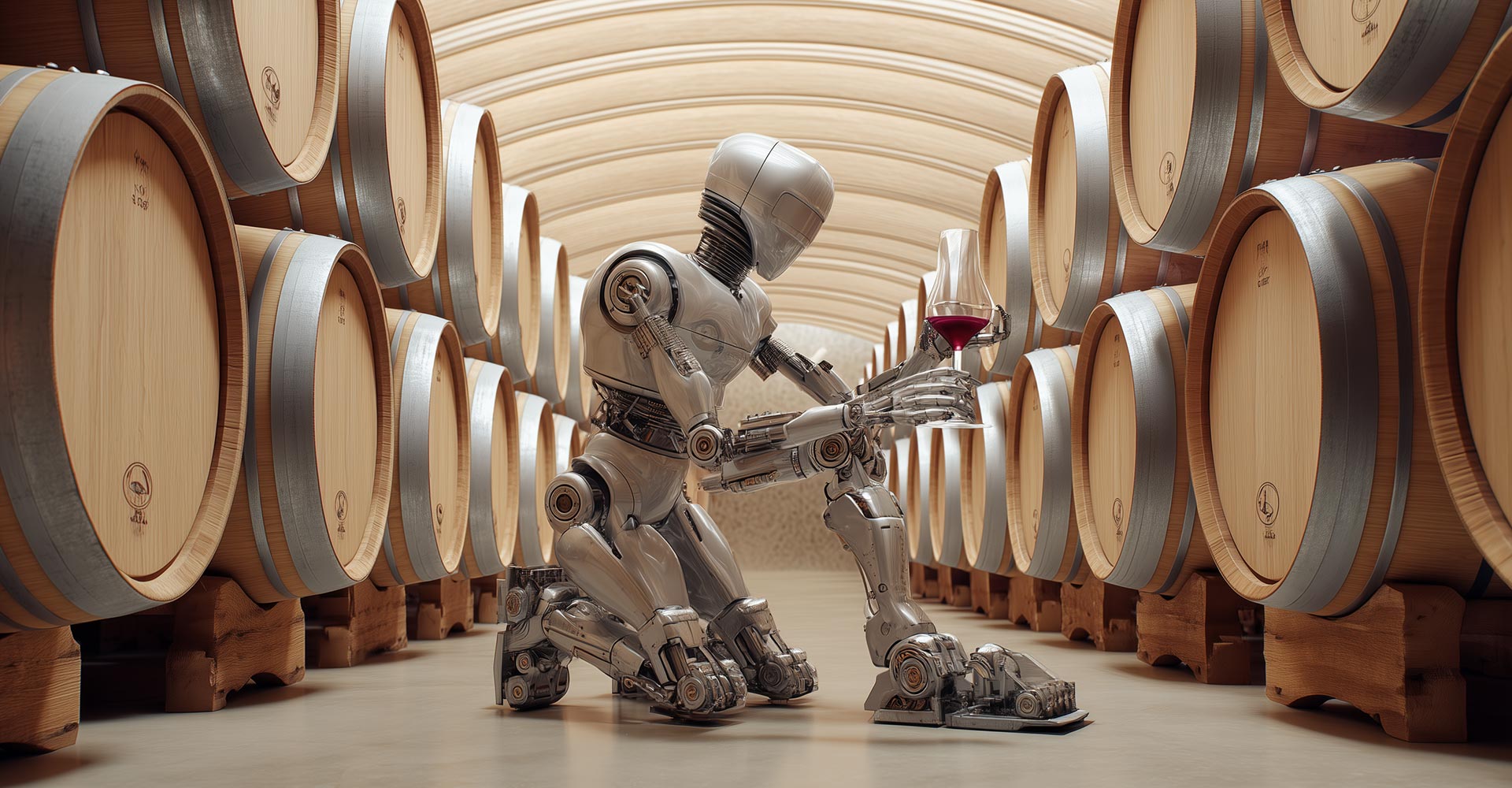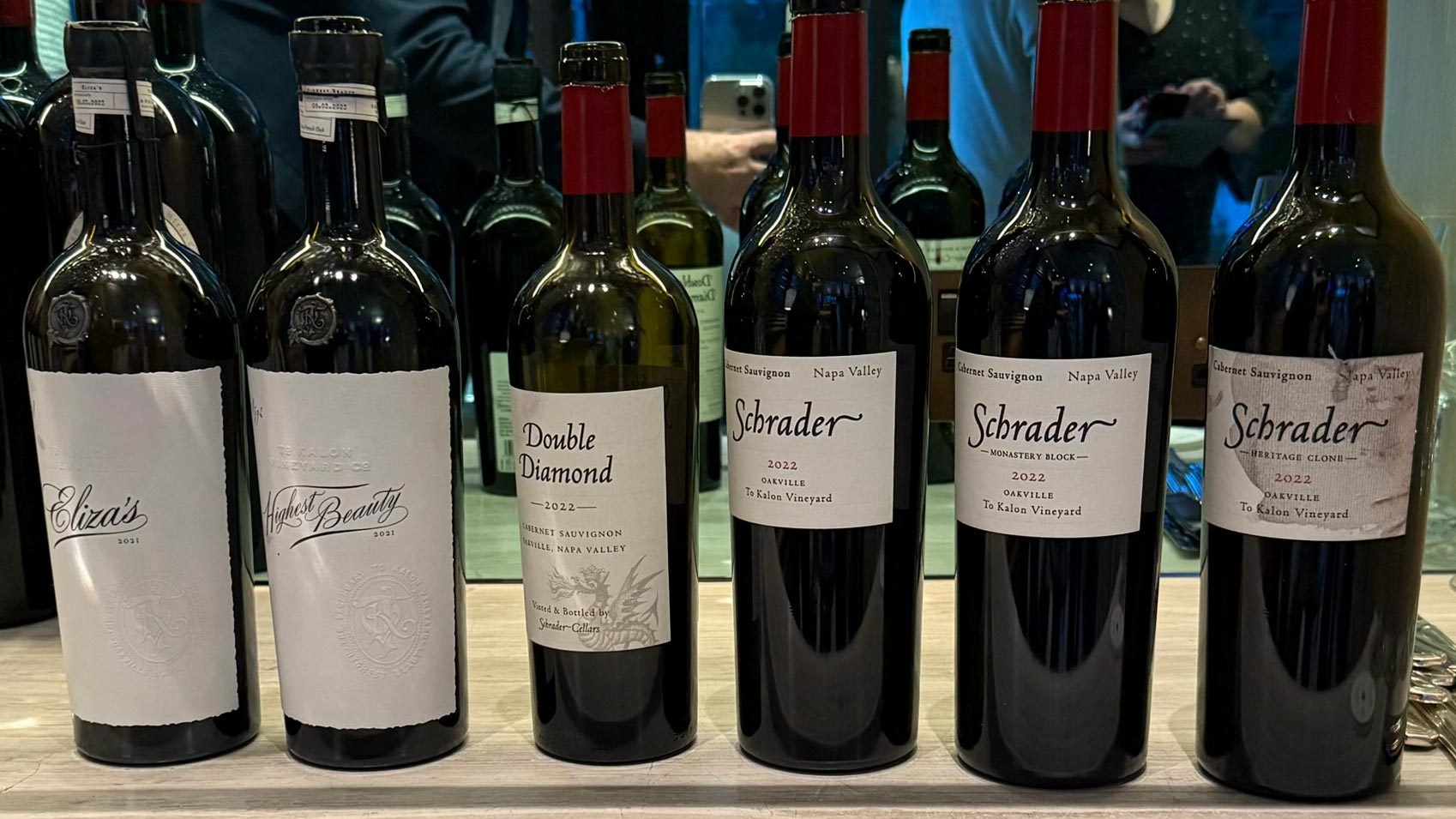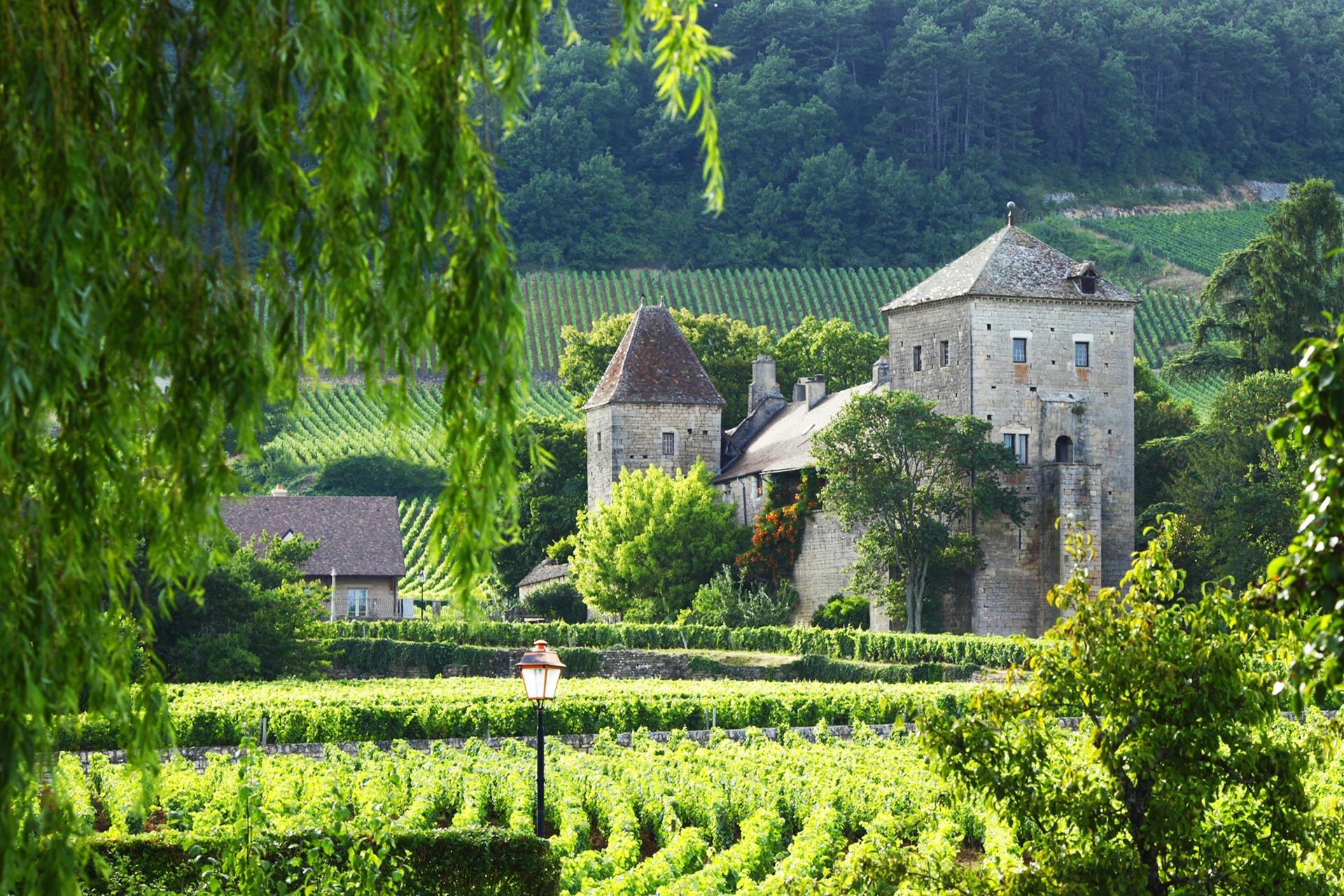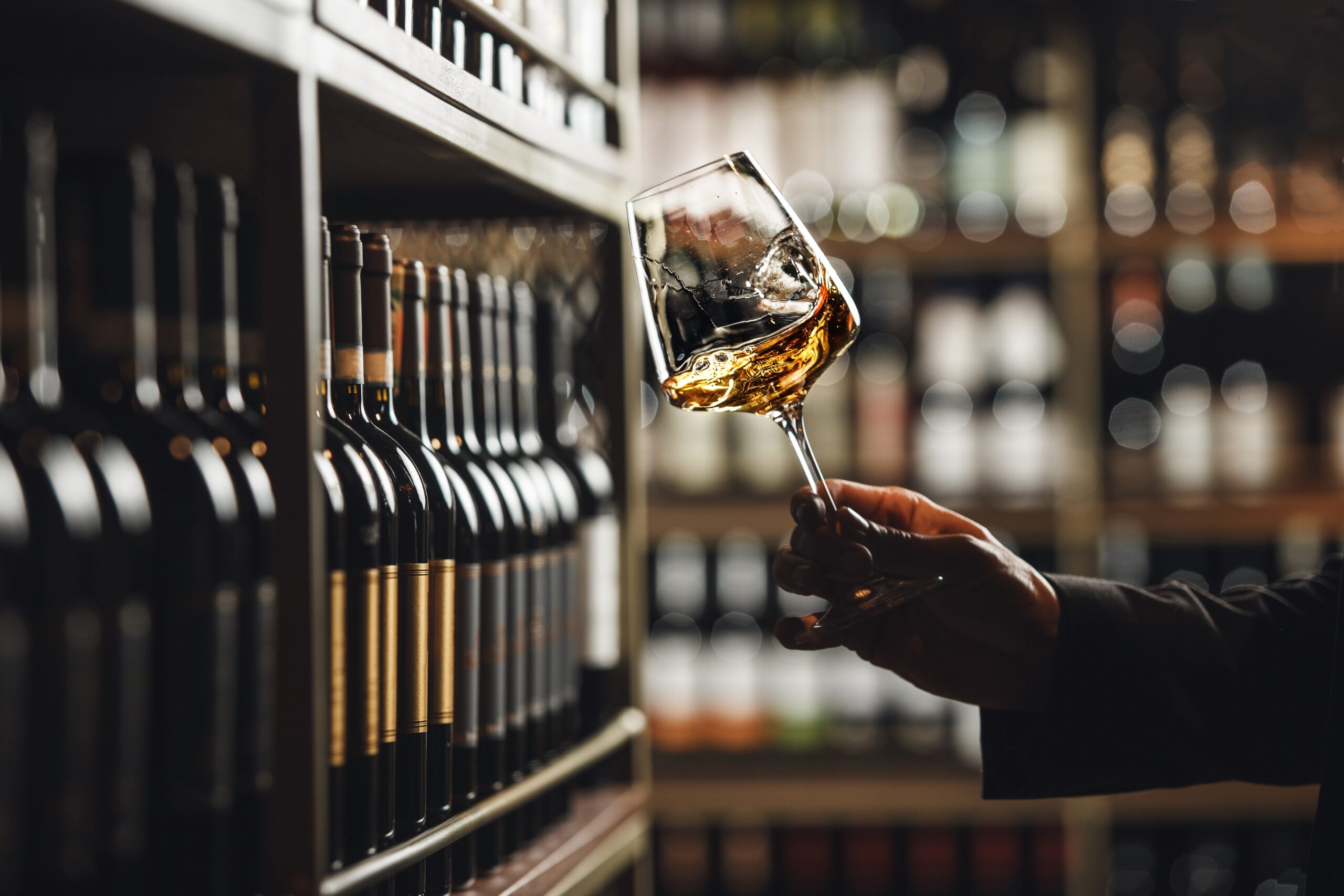The blender’s blade has met its match—and it’s coded in Python.
Move over, Master Sommeliers, there’s a new kid in the cellar. It’s not French, doesn’t own a beret, and certainly won’t be waxing lyrical about terroir over a cheese board. Meet Artificial Intelligence: the latest guest at the blending table, here to challenge centuries of nose-led winemaking with something far more sterile—data.
But before you throw your decanter in despair, this isn’t a doom-and-gloom tale of robots crushing grapes. This is about balance, experimentation, and whether silicon can really sip with soul. Because, as it turns out, AI has a surprisingly decent palate—or at least a very large spreadsheet pretending to be one.
The Art of Blending: A Human Affair
Traditional wine blending is part science, part sorcery. It’s where Cabernet meets Merlot in a glass, not on a spreadsheet. Winemakers rely on their noses, their palates, and a bit of gut instinct honed over decades (and yes, maybe a few late-night “research” tastings).
They don’t just measure flavour—they feel it. Blending is as much about storytelling as it is about science. It’s about creating a wine that tells you something before it even hits your lips. A sip can remind you of a holiday in Tuscany, your first date, or the last time you cooked something vaguely French and didn’t burn it.
Take Penfolds Quantum, for example—a classic case of intuition and inspiration. It’s a daring intercontinental dance between Californian Cabernet and South Australian Shiraz. It’s big, bold, and brilliant—crafted not by computers but by people who taste, tweak, and take risks. This kind of creative alchemy can’t be downloaded.
Enter AI: The Algorithm Has Feelings Too… Kind Of
Now imagine a blender that never gets palate fatigue, doesn’t care for your opinion, and can process thousands of data points in seconds. It remembers everything, from oak barrel interactions to pH levels, and compares them with millions of consumer taste preferences. AI wine blending tools like Tastry’s CompuBlend® and Palmaz’s FERMENTATION INTELLIGENCE LOGIC CONTROL SYSTEM (yes, really) are doing just that.
These systems don’t just suggest blends—they learn. They analyse everything from acidity and tannin levels to what Karen on Vivino thinks about fruit-forward notes. They crunch numbers on regional profiles, consumer trends, and even food pairing data. And if you think that sounds scary, just wait until AI starts writing the tasting notes too. Spoiler: they’re weirdly poetic.
AI predicts, optimises, and even gets cheeky with naming suggestions (see: ChatGPT’s advice for “The End”, a real wine). It never forgets and doesn’t drink too much at the tasting table. But while it’s brilliant with data, it still lacks the emotion—the intuition—that gives a wine its soul.
So… Who Wins?
AI: fast, data-savvy, and precision-focused.
Humans: creative, instinctive, occasionally wine-drunk, but blessed with a knack for storytelling.
The verdict? AI can build a technically beautiful wine, but it’s not ready to write poetry in a bottle. It might nail the numbers, but it won’t replicate the magic that happens when a winemaker’s intuition kicks in.
That said, the best vintages ahead might just come from both worlds: humans guiding the vision, and AI crunching the chemistry. Like a great blend, it’s about balance. And let’s be honest—AI is very good at helping humans drink more efficiently. It might not smell the bouquet, but it can certainly spot a bargain.
We’re not saying AI should replace winemakers, far from it. But with the right partnership, AI can be like a very sober assistant who’s great at remembering what you liked last year and doesn’t interrupt when you’re mid-sip.
Final Thought: Keep the Soul in the Bottle
If all wine starts tasting the same, we’ll know the robots have taken over. Until then, let’s raise a glass to innovation—with a human touch. Even if AI knows what your taste buds want before you do, the story, the craft, and the people behind the bottle make wine worth writing about.



